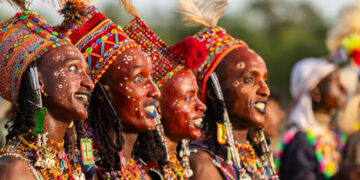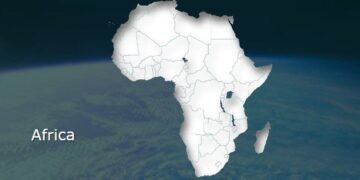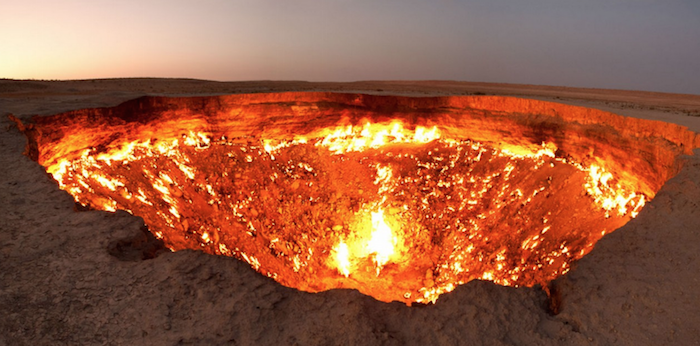4. Madidi National Park, Bolivia

via reddit.com
This 1.89 million hectare park is regarded as one of the most biologically diverse regions in the world. This park reaches from between the Andes Mountains and runs along the Tuichi River in Bolivia.
This region sports three distinct climates: colder in the snow-capped peaks, temperate at intermediate elevation, and downright tropical in the lowlands. Temperatures in the lowlands hover around 78 °F.
The park is teeming with new species making it a scientist’s dream. To survive, almost every species on Madidi has developed some type of poison. Toxic moths, big-headed army ants and sandflies that transmit leishmaniasis coexist with harpy eagles, macaws and the 1,250 other bird species native to the park. Snakes, jaguars, spectacled bears and wild pigs that have been known to attack humans prowl the jungle for food. Perhaps the creepiest part of this is the abundance of Dermatobia hominis, a fly that lays botflies.
According to a photographer who visited the region, everyone seems to have one botfly larva nestling somewhere on their body. The water is teeming with stingray and toxic fungi and even the plants have poisonous leaves and seeds.




































Discussion about this post